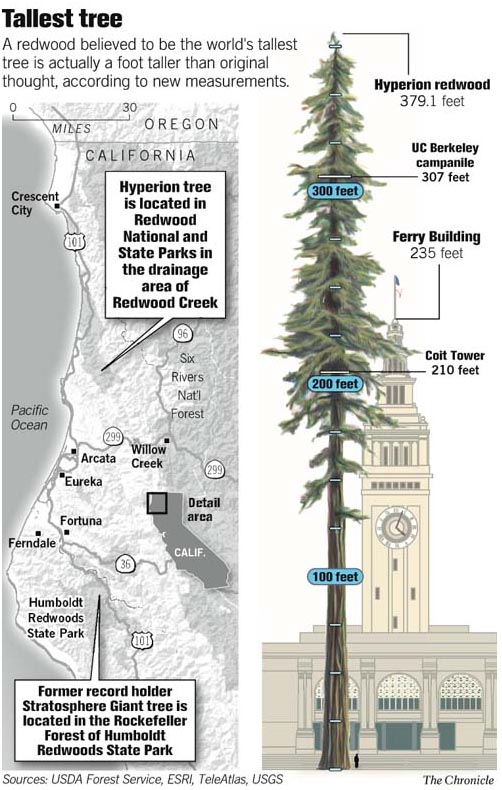I also showed you some videos of plants moving; what did you think of that last one, where the taller plant appears to be beating down its neighbor? Who knew?
So plants CAN move, and often do quite vigorously. Also, sometimes with what appears to be discrimination, such as the carnivorous sundew, which does not respond to bits of dirt or leaf caught in its tentacles, only to a good dinner.
Or the vining stem that grows toward a support, only to grow the other way if the pole is moved to the other side. [Sorry, couldn't find a video of this, but several times I've read that it happens. Could be a good project for someone...check out http://www.chlorofilms.org/ ]
Evolution has equipped them to do many wondrous things. For instance, they can design, color, and scent their flowers to mimic insects or insect food, thus attracting pollinators. They enclose their seeds in packages appetizing to animals, or build them with cunning grippers that can't be avoided. (Terence McKenna once said, "Plants invented animals to move their seeds around." ) They can employ certain species of insects to protect them, or selectively exclude predators while welcoming non-dangerous bugs.
Their construction principles of fibers wrapped in spirals, and cells linked in almost unbreakable cords, principles that are still undeveloped by human technology, allow them to erect and provision structures over 350 ft. high.
Or consider plants that cover acres, such as the Pando aspen in Utah, which appears to our eyes as a grove of 106 acres, but which has been shown to actually be one plant weighing over 13 million pounds, all connected by an immense webwork of roots.
Yes, evolution had equipped them to do these wondrous things...what if they've been equipped to do things of which we are as yet unaware. Take roots for instance. Measurements of a single rye plant show over 13 million rootlets with a combined length of 380 miles, and if you add together all the roothairs on all the rootlets, you come out somewhere around 14 billion with a combined length of 6,600 miles, nearly the distance from pole to pole. And that's just one little rye plant; imagine the numbers involved for your backyard shade tree. Big numbers, but is there more? Are plants doing anything with all those billions of roots besides growing and sucking up water and nutrients? Is it just a meaningless coincidence that an image of a root system looks very much like an image of an internet diagram? Check out this video of Stefan Mancuso on TED.com.
http://www.ted.com/talks/stefano_mancuso_the_roots_of_plant_intelligence.html
Recent research using the most advanced imaging systems has found that the cells in the "transition zone" of the root apex - the area at the tip of the root hair - not only consume oxygen at a rate similar to neurons, but they also have structures and chemicals completely analogous to those found in animal neurons.
BALUŠKA, F., MANCUSO, S., VOLKMANN, D. & BARLOW, P., Root apices
as plant command centres: the unique ‘brain-like’ status of the root apex
transition zone. Biologia, Bratislava, 59/Suppl. 13: 1—, 2004; ISSN 0006-
3088.
Although plants are generally immobile and lack the most obvious brain activities of animals and humans, they are not only able to show all the attributes
of intelligent behaviour but they are also equipped with neuronal molecules,
especially synaptotagmins and glutamate/glycine-gated glutamate receptors.
Recent advances in plant cell biology allowed identification of plant synapses
transporting the plant-specific neurotransmitter-like molecule, auxin. This
suggests that synaptic communication is not limited to animals and humans
but seems to be widespread throughout plant tissues. Root apices seated at
the anterior pole of the plant body show many features which allow us to
propose that they, especially their transition zones, act in some way as brainlike command centres. The opposite posterior pole harbours sexual organs
and is specialized for plant reproduction. Last but not least, we propose that
vascular tissues represent highways for plant nervous activity allowing rapid
exchange of information between the growing points of above-ground organs
and the brain-like zones in the root apices.
[http://ds9.botanik.uni-bonn.de/zellbio/AG-Baluska-Volkmann/plantneuro/pdf/NeuroPlantTZ-Biologia.pdf]
People have known for a long time that plants communicate, using chemical substances instead of sound waves, and recent observations have pointed to plants using the underground webs of fungus mycorrhzal structures as a message transportation system.
Can it be that there's even more going on? In following posts on this subject, I'm going to present some intriguing observations and speculations on plants and what may be going on with them. Pandora may not be as fictional as you think!
(by Marlie Graves)
(by Marlie Graves)


I heard that some people won't eat broccoli because it's too much like a brain and thinks
ReplyDeleteAah, yes, but sometimes you can get little ones to eat their broccoli by planting it in the middle of the mashed potatoes and telling them they get to eat trees tonight.
ReplyDelete